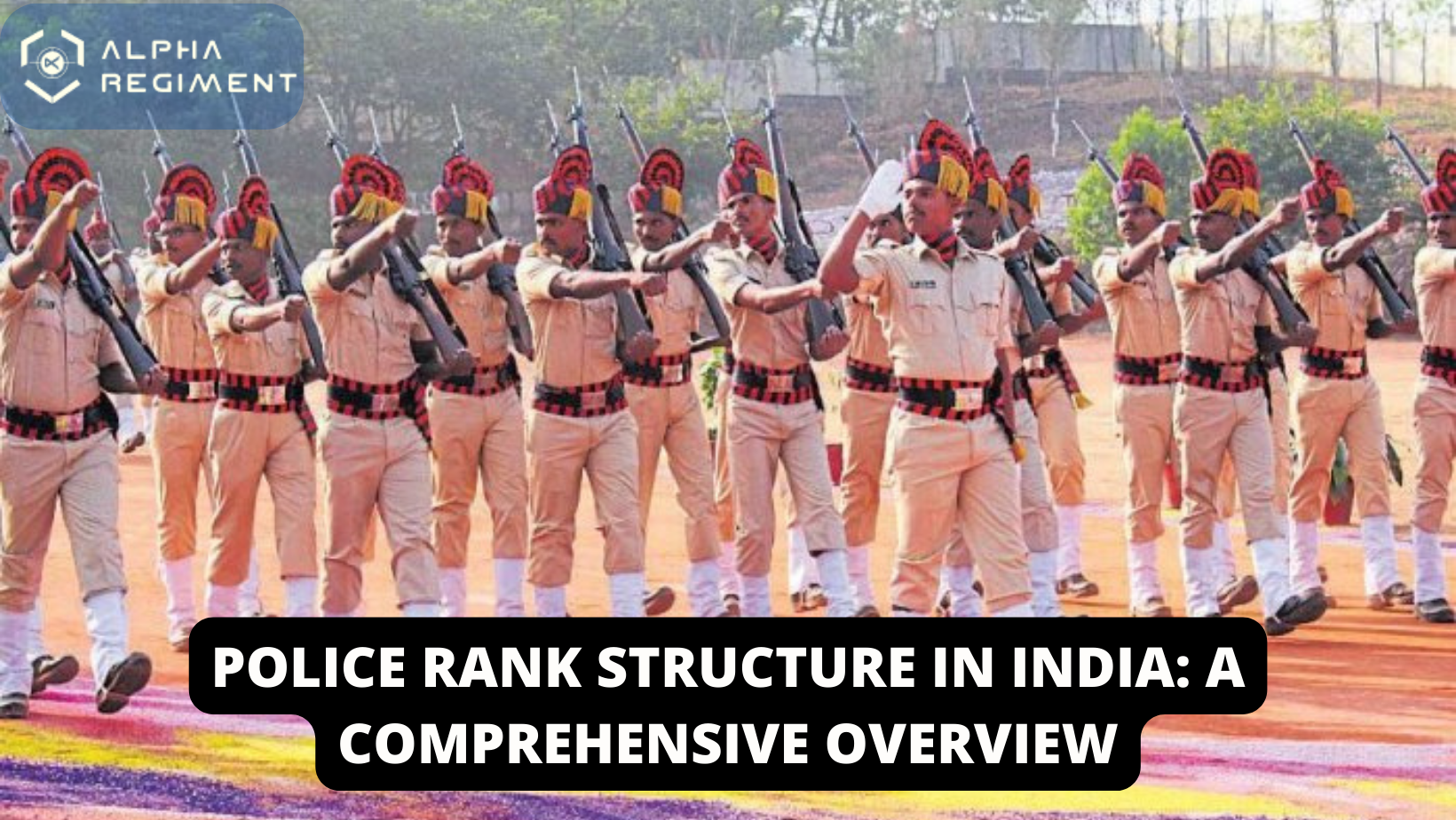
The Indian Police Service (IPS) is one of the three All India Services, the other two being the Indian Administrative Service (IAS) and the Indian Forest Service (IFS). It is responsible for maintaining law and order, preventing and detecting crime, and maintaining public peace. The IPS is the senior most police service in India, and is headed by the Director General of Police (DGP). The police rank structure in India is divided into two categories – Gazetted officers and Non-gazetted officers. Let's take a closer look at the rank structure in the Indian police force.
Gazetted Officers
The Gazetted officers are the senior-most officers in the police force. They are responsible for managing the police force and maintaining law and order in their jurisdiction. Here are some of the ranks of Gazetted officers in the Indian police force:
-
Director General of Police (DGP): The DGP is the highest-ranking officer in the Indian police force. He is responsible for the overall management and administration of the police force in his state. The DGP is also responsible for implementing policies and strategies to maintain law and order in the state.
-
Additional Director General of Police (ADGP): The ADGP is the second-highest-ranking officer in the Indian police force. He assists the DGP in the overall management and administration of the police force in the state. The ADGP is also responsible for overseeing the work of the Deputy Inspector General of Police (DIG) and the Superintendent of Police (SP).
-
Inspector General of Police (IGP): The IGP is the third-highest-ranking officer in the Indian police force. He is responsible for managing the police force in a particular zone or range. The IGP is also responsible for overseeing the work of the Deputy Inspector General of Police (DIG) and the Superintendent of Police (SP).
-
Deputy Inspector General of Police (DIG): The DIG is responsible for managing the police force in a particular district or range. He is also responsible for investigating major cases and maintaining law and order in his jurisdiction.
-
Senior Superintendent of Police (SSP): The SSP is responsible for managing the police force in a particular district. He is also responsible for maintaining law and order in his jurisdiction and investigating major cases.
-
Superintendent of Police (SP): The SP is responsible for managing the police force in a particular sub-division or town. He is also responsible for maintaining law and order in his jurisdiction and investigating major cases.
Non-Gazetted Officers
The Non-Gazetted officers are the junior officers in the police force. They assist the Gazetted officers in maintaining law and order in their jurisdiction. Here are some of the ranks of Non-Gazetted officers in the Indian police force:
-
Inspector: The Inspector is responsible for investigating major cases and maintaining law and order in his jurisdiction. He also assists the Gazetted officers in managing the police force in their jurisdiction.
-
Sub-Inspector: The Sub-Inspector is responsible for investigating cases and maintaining law and order in his jurisdiction. He also assists the Inspector and the Gazetted officers in managing the police force in their jurisdiction.
-
Assistant Sub-Inspector: The Assistant Sub-Inspector is responsible for maintaining law and order in his jurisdiction. He also assists the Inspector, Sub-Inspector and the Gazetted officers in managing the police force in their jurisdiction.
-
Head Constable: The Head Constable is responsible for maintaining law and order in his jurisdiction. He also assists the Inspector, Sub-Inspector, Assistant Sub-Inspector and the Gazetted officers in managing the police force in their jurisdiction.
- Constable: The Constable is responsible for maintaining law and order in his jurisdiction. He is the lowest rank in the police force and works under the supervision of higher-ranking officers. The constable's duties include patrolling the streets, responding to emergency calls, and maintaining law and order in their assigned area.
Promotion and Training
Promotion in the Indian police force is based on seniority and merit. An officer has to go through various stages of promotion before reaching the top ranks. They have to clear promotional exams, undergo training, and have a good track record of service to be eligible for the promotion.
The Indian police force also provides training to its officers at different stages of their careers. The training includes both theoretical and practical aspects of policing. The training is conducted at various police academies across the country, such as the National Police Academy in Hyderabad and the Sardar Vallabhbhai Patel National Police Academy in Hyderabad.
Conclusion
In conclusion, the Indian police rank structure in India is divided into two categories – Gazetted officers and Non-gazetted officers. The Gazetted officers are responsible for managing the police force and maintaining law and order in their jurisdiction, while the Non-gazetted officers assist them in their duties. Promotion in the Indian police force is based on seniority and merit, and officers have to undergo training at various stages of their careers. The Indian police force plays a crucial role in maintaining law and order in the country and protecting the citizens. The rank structure ensures that the police force is well-managed and has a clear hierarchy, which is essential for effective policing.

No comments yet